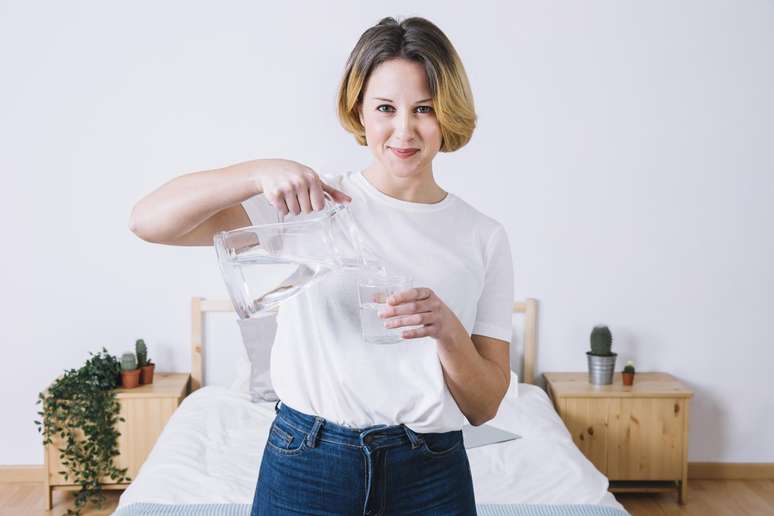Understand what non-invasive facial matching is and how it works
-
BY PARTICIPATING

Facial harmonization: what non-invasive treatments are like
-
BY PARTICIPATING

André Mantovanni draws the tarot cards for the week: from 17 to 23 June
-
BY PARTICIPATING

How to improve your skin: nutrition can help! Understand
-
BY PARTICIPATING

Training tip: Learn how to strengthen glute and leg exercises
Non-invasive facial harmonization is a set of aesthetic procedures that aim to improve the appearance of the face, rebalancing proportions, enhancing features and attenuating the signs of aging, without the need for surgery.
These procedures are performed in the office and involve techniques that do not require cuts or long recovery periods.
The most common types of non-invasive facial tightening treatments include:
• Application of botulinum toxin (Botox): Used to reduce wrinkles and expression lines, especially on the forehead, between the eyebrows and around the eyes.
• Dermal filler: Uses substances such as hyaluronic acid to fill furrows, wrinkles and increase volume in areas such as lips, cheekbones and jawline.
• Collagen biostimulators: Injections that stimulate collagen production, improving the firmness and elasticity of the skin.
• Chemical peels: Application of acids to the skin to remove surface layers and stimulate cell regeneration, improving skin texture and tone.
• Microneedles: Uses small needles to cause microlesions in the skin, stimulating the production of collagen and elastin.
• Laser and pulsed light: Treatments that use light to treat blemishes, improve skin texture and reduce the signs of aging.
These treatments are generally performed by dermatologists or plastic surgeons, who have the training and experience necessary to apply these techniques safely and effectively. In some cases, dentists specializing in facial aesthetics can also perform certain procedures, such as lip filler and the use of botulinum toxin.
Each treatment has its own particularities in terms of duration, number of sessions required and recovery time. The choice of appropriate procedures is made after a detailed evaluation by the professional, considering the patient’s needs and expectations.
Watch the video with Vitor Tebar, biomedical scientist at Facial doctor.
inspires transformation in the world of work, in business, in society. Compasso, a content and connection agency, is born.
Source: Terra
Ben Stock is a lifestyle journalist and author at Gossipify. He writes about topics such as health, wellness, travel, food and home decor. He provides practical advice and inspiration to improve well-being, keeps readers up to date with latest lifestyle news and trends, known for his engaging writing style, in-depth analysis and unique perspectives.








